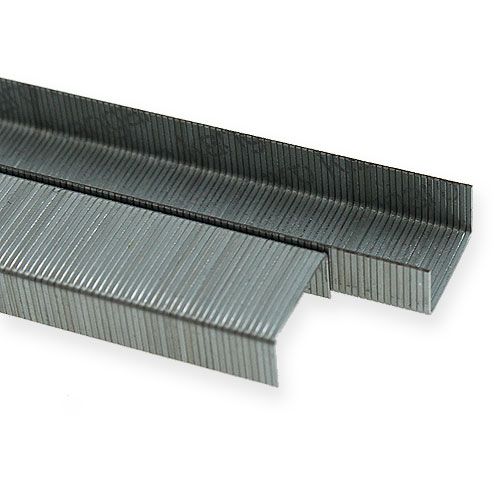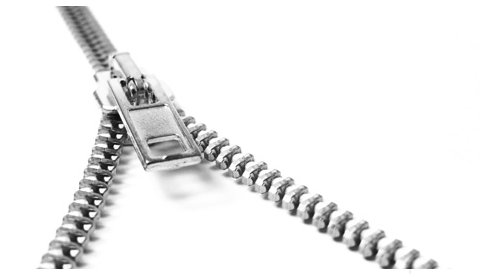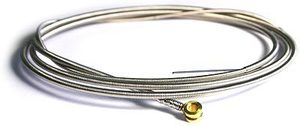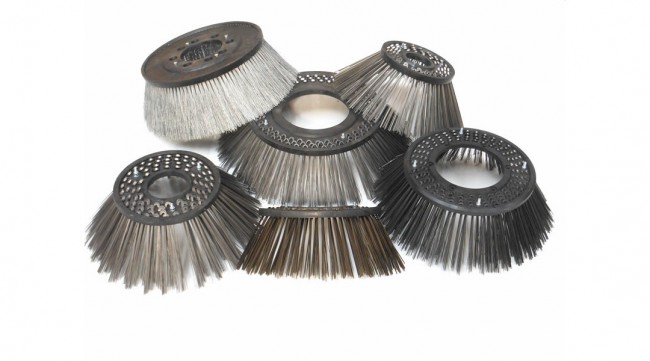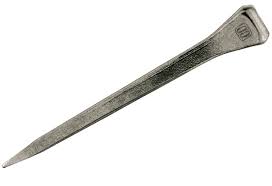Whether in daily life, at work or leisure – FUHR and its products do almost always surround us
If you saw this cyclist – would you think of us? Definitely not. It is all the more astonishing to discover just how many areas of daily life involve products whose production also relies on the application of our rolling technology.
In the case of the cyclist it is the rollers in the chain links or the cable sheats of the bowden cables, that are manufactured using processed stretched wire. THis is how we ensure that you can maintain the perfect balance between accelerating and decelerating.
Zippers are often used for the opening and closing of clothing items. The elementary component here is a profile wire – cut into short segments and attached to cotton strips. The largest global producer of zippers relies on our technology here, and for good reasons.
Whether it is the strings of a valuable stringed instrument, wire cleaning brushes, hoof nails for horses or binding wire – it is often things that facilitate our daily life so much and whose application we have become so used to, but whose quality often depends solely on the use of FUHR rolling mills for their production.

